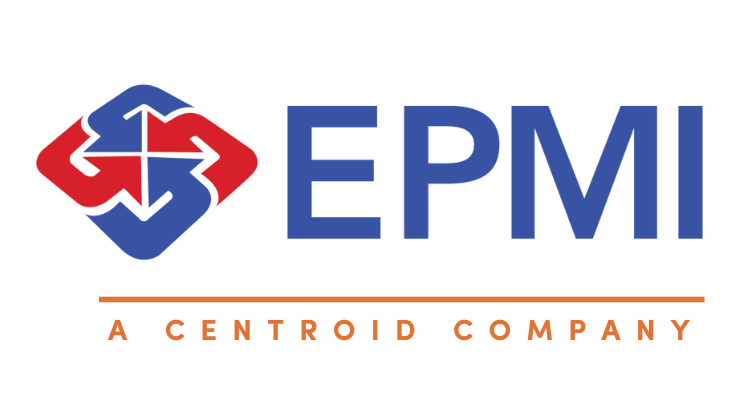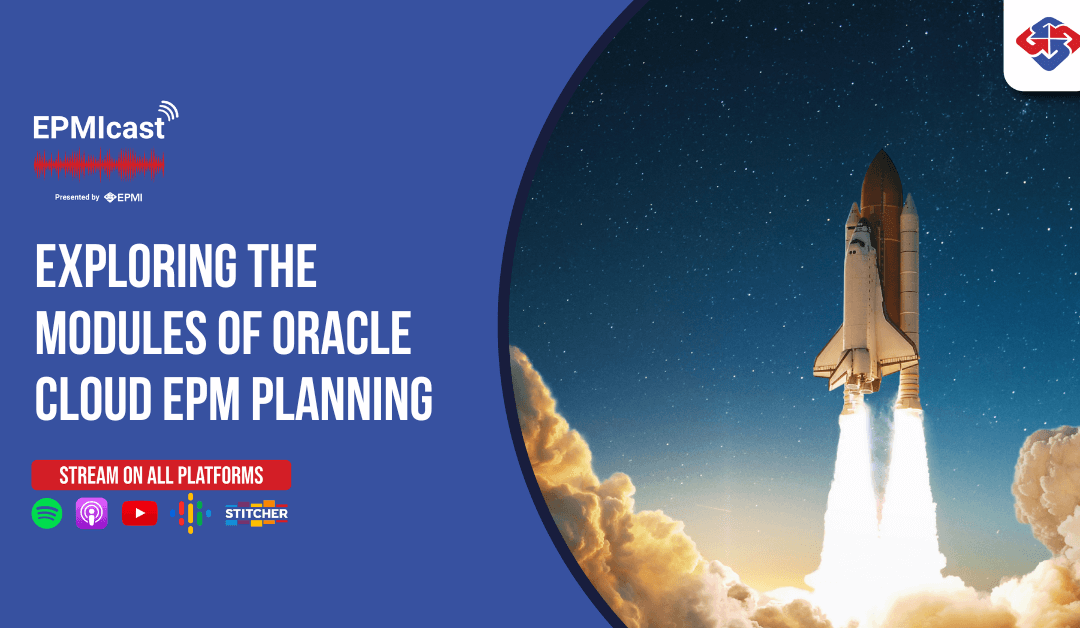What is Oracle Cloud Planning?
Oracle’s planning tool was one of the first cloud-ready EPM products, originally released as Planning and Budgeting Cloud Service (PBCS) in 2014. Much of EPM Planning’s functionality has been built upon Hyperion Planning’s foundation. One primary difference between Hyperion vs. EPM is the pre-built modules across the Cloud EPM platform. Cloud EPM can also be implemented incrementally, meaning customers can start with a simple implementation and phase in functionality over time. Below, you will learn how each planning module is leveraged by Oracle Cloud customers.
Stream this EPMIcast episode on all platforms!
Financials
EPMI typically recommends that customers begin with the Financials module in any Planning project. The Financials module is most commonly used for the annual operating plan and financial statement forecasting. Customers can use their own chart of accounts within the Out-of-Box framework regardless of ERP system. The step-by-step development wizards enable rapid implementation and are user-friendly for self-service development. Flexibility is key and allows customers to integrate directly into their data source, or upload budget-related data in direct input forms. Chian and Karissa assure us that it is “not hard” to get up and running on Financials, but complexities around allocations and customizations can increase project length.
Scenario Modeling
Depending on the time outlook and level of detail, Strategic/Scenario Modeling can be used for long-range planning, typically 5 years out and beyond. The module is purpose-built to aggregate data from detailed planning processes and present high-level metrics for strategic planning. The tool can incorporate economic factors, acquisition activity, customer activity and more to better understand best and worst case scenarios.
Workforce
Oracle’s Workforce planning tool allows customers flexibility in planning by individual employee, position level, or a combination of both. HR planners can track detailed metrics like age, location, demographics, and more, to get a better sense of the composition of their employees. Complexities arise when planning stock comp, benefits, health plans, and related non-salary related data points in order to more effectively capture costs. One of our retail customers leveraged workforce planning to accurately attribute detailed employee costs into their financial planning, eliminating spreadsheet headaches and inaccurate reporting.
Capital
Commonly integrated or implemented in tandem with the Projects module, all capital projects, investments, maintenance, and related financial transactions can be managed and planned for in the Capital module. The tool supports depreciation and amortization with a variety of pre-built calculations for various depreciation methodologies. Whether you are developing a new piece of hardware or want to depreciate your investment in intellectual property, Capital planning supports both tangible and intangible assets.
Projects
The Projects module can be leveraged for any financial initiative with a start and end date. Internally, Projects can be used to capture spend across all lines of business, whether internal R&D initiatives or external customer- facing projects. The module works in tandem with the Capital module for capital project spend capture and analysis. More sophisticated use cases leverage employee data from Workforce to create employee utilization models across projects to effectively plan resources.
Maximize your Investment with Connected Planning
The pre-built modules within Cloud EPM, including Financials, Scenario, Workforce, Capital, and Projects, enable customers to implement the tool incrementally, starting with a module implementation and phasing in functionality over time. As always, be sure to reach out if you have questions on Oracle Cloud EPM. Contact EPMI today!



